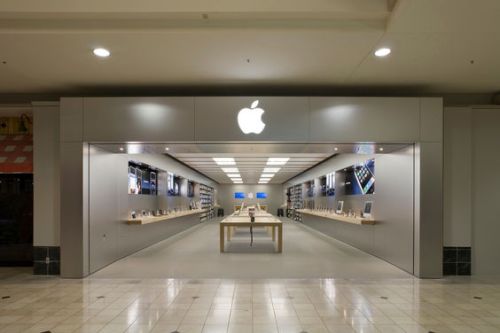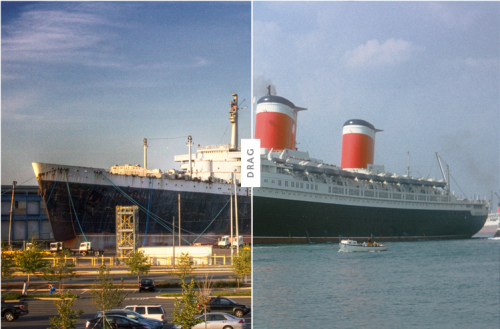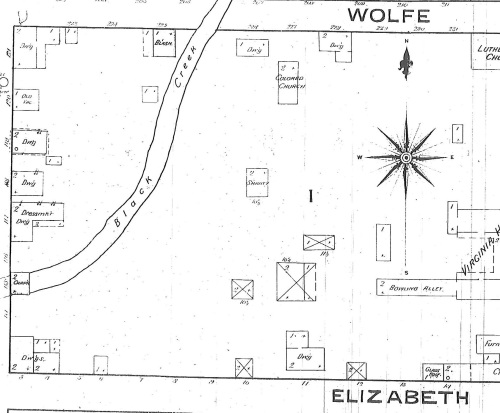
I apologize for the lack of updates last week, but my Early 2011 15” MacBook Pro had some issues. I thought I would take this opportunity to talk about Apple’s retail stores and Genius Bar.
Over the past four years, I have owned three Macs, two iPads, and three iPhones, and I have not had a problem with any of them….until now. I purchased my MacBook Pro in September 2011 before I began writing my thesis and to replace my 27” iMac with the more portable MacBook Pro. It was my dream machine, and it worked flawlessly until April, after I finished my thesis.

Kernel Panic’s Warning
In late April, my computer began having Kernel Panics. For those unfamiliar, a Kernel Panic occurs with the computer detects a problem and shuts down the to avoid damaging the machine’s hardware and software. A useful tool to warn users that there is a problem, but it is damn annoying when it happens to your only machine. The software provides a panic log that lists the last run software or hardware. This file is likely the cause of the panic. In my case, it was usually the AppleHWSensor (a sensor that measures the computer temperature on the logic board).
I knew the computer needed to be tested. The closest Apple Store to Harrisonburg was either Richmond or DC. First, I opted to try a local authorized Mac repair shop, but they were over a week behind testing machines. I could not be without a computer for that long. The computer was my primary source for my job search, and I could not be without a computer for that long.
I took the MacBook Pro to the Apple Store in Richmond (Short Pump Town Center). Making an appointment for the Genius Bar could not be easier. Using the online reservation assistant, it takes no more than a few minutes, and Apple uses your Apple ID to make the process even easier.
The Apple Genius told me that the majority of Kernel Panics are caused by faulty software. I was pretty sure, based on the panic logs, that the problem was hardware, but I asked them to wipe the hard drive and reinstall OS X Lion. When I got back home, I did not simply restore from my Time Machine backup, because there was a good chance that something on my computer was causing the panics. Instead, I restored my files using drag-and-drop and reinstalled fresh copies of all my software. The good news was the machine ran like new! The bad news, it panicked while I was working on reinstalling my software.

Apple’s Store in Tulsa, Oklahoma
I knew without a doubt that it was hardware, but I could not give up my computer for the week it was going to take Apple to repair it. So, I lived with the panics for nearly three months. After I got a job in Missouri and moved back, my top priority was getting the computer fixed. Last Monday, I brought the MacBook Pro to the Apple Store in Tulsa (Woodland Hills Mall). They kept the MacBook overnight and ran a series of tests. On Tuesday, they called and told me that the logic board (contains the processor, sensors, and graphics cards) would have to be replaced (a part that costs nearly $500!). Luckily the Mac is still under warranty, and they replaced the logic board. I picked up the computer on Saturday.
While this whole process was a pain, Apple’s technicians and their warranty system are very solid. But nothing is perfect. The technicians did not wipe the hard drive like I requested. Nor did they install iWork. As if that was not bad enough, they forgot to reconnect the LEDs on the backlit keyboard as well. Guess I will make another trip to Tulsa.
The biggest problem with Apple’s retail is the lack of stores around the country. Apple is the only PC maker that is outgrowing the market, and you would think they would like to expand their retail presence. Their retail stores are impressive, but there are not nearly enough of them. In Virginia or Missouri, I have to drive two hours one-way to get the nearest store. On top of that, Oklahoma’s interstate is a toll road. That really adds up when you have to make the trip to drop the Mac off, pick it up, and take it back so they can fix the keyboard.
Despite the headache of searching for a job and a faulty computer, I love my MacBook Pro, and I am glad they were able to fix it. This is a machine that has served me well for the past year. I do not usually get attached to a piece of technology, but this computer feels special.
Despite some issues with Apple’s retail stores and Genius Bar, I will always recommend Macs to anyone who wants a computer that just works, and with Windows 8 coming out in October, I foresee continued growth of the Mac market.
PS – After I picked up my computer on Saturday, I installed OS X Mountain Lion and will post a full review later this week.




































